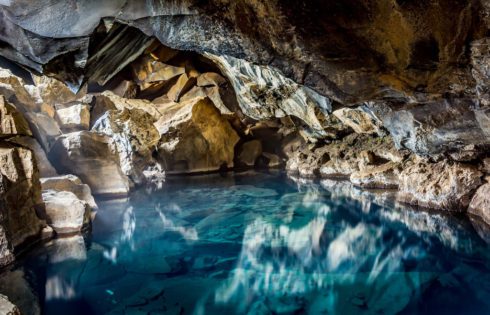
The 10 Best Hot Springs in Iceland [2021]
Hot springs are a major tourist attraction in Iceland. Aside from offering absolutely breathtaking views, hot springs also have a multitude of health benefits including helping those who suffer from

Hot springs are a major tourist attraction in Iceland. Aside from offering absolutely breathtaking views, hot springs also have a multitude of health benefits including helping those who suffer from
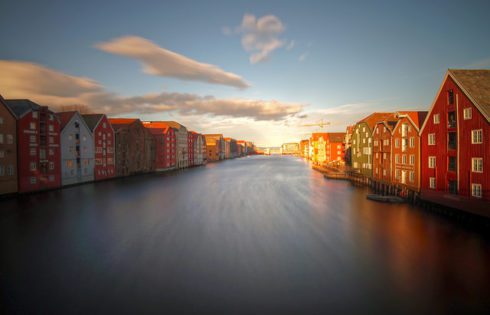
There are a number of options for getting to Scandinavia (or northern Europe) with points and miles. What’s more, you can often find booking options with little to no fees
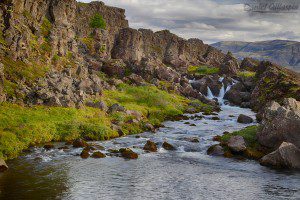
Brad and I recently took a week-long trip to Iceland in late August 2014. The trip didn’t go as expected to the say the least. We both came down with
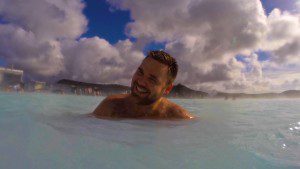
The Blue Lagoon in Iceland was one of the most unforgettably relaxing experiences I’ve ever had. As soon as I stepped into the Lagoon, I instantly felt an odd combination
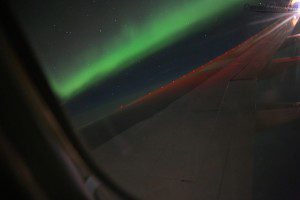
My recent trip to Iceland to see the northern lights did not go as planned in many more ways than one. One of those failures was not being able to
| Cookie | Duration | Description |
|---|---|---|
| cookielawinfo-checkbox-analytics | 11 months | This cookie is set by GDPR Cookie Consent plugin. The cookie is used to store the user consent for the cookies in the category "Analytics". |
| cookielawinfo-checkbox-functional | 11 months | The cookie is set by GDPR cookie consent to record the user consent for the cookies in the category "Functional". |
| cookielawinfo-checkbox-necessary | 11 months | This cookie is set by GDPR Cookie Consent plugin. The cookies is used to store the user consent for the cookies in the category "Necessary". |
| cookielawinfo-checkbox-others | 11 months | This cookie is set by GDPR Cookie Consent plugin. The cookie is used to store the user consent for the cookies in the category "Other. |
| cookielawinfo-checkbox-performance | 11 months | This cookie is set by GDPR Cookie Consent plugin. The cookie is used to store the user consent for the cookies in the category "Performance". |
| viewed_cookie_policy | 11 months | The cookie is set by the GDPR Cookie Consent plugin and is used to store whether or not user has consented to the use of cookies. It does not store any personal data. |
